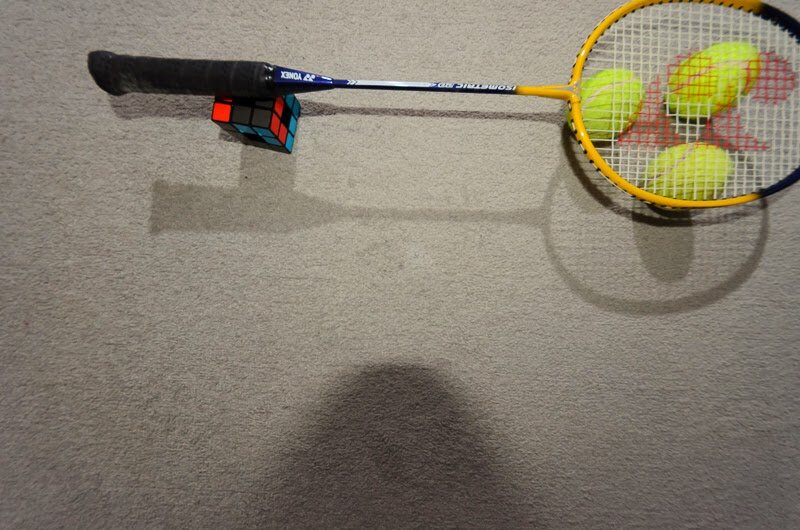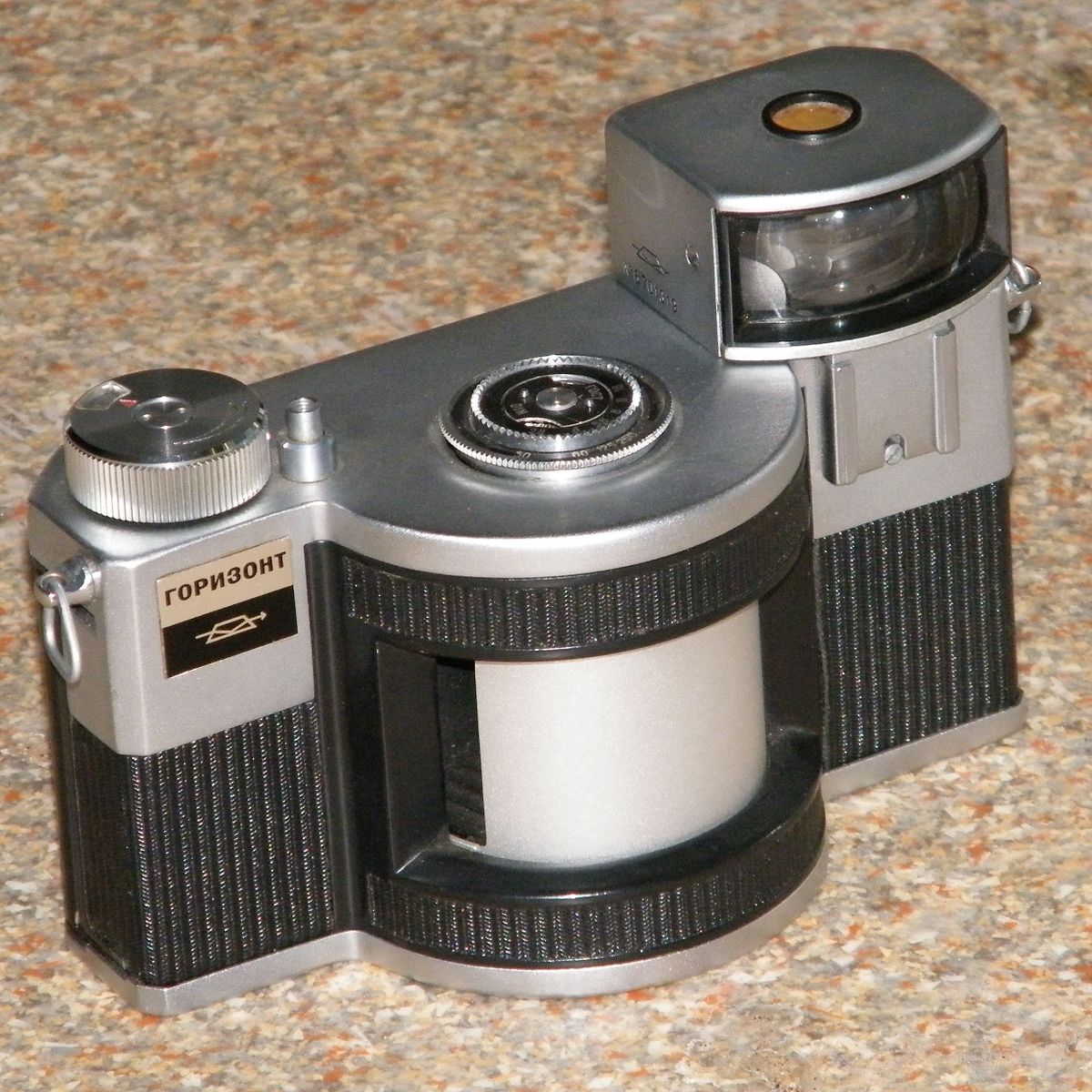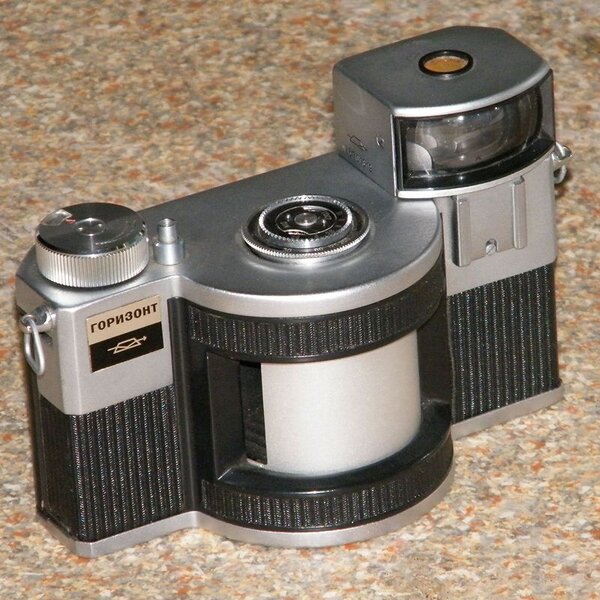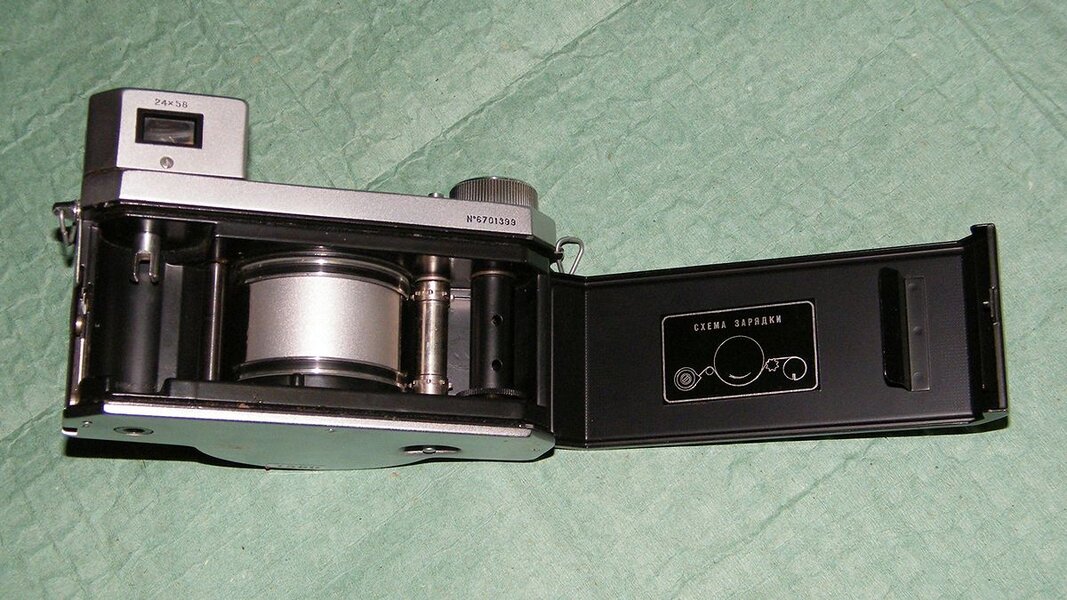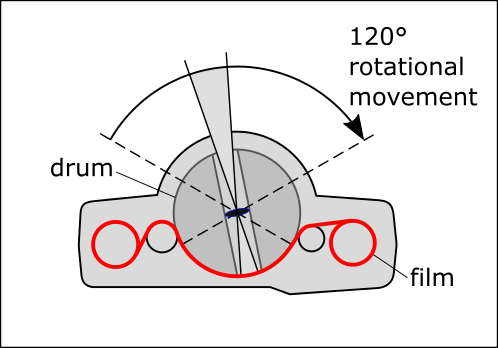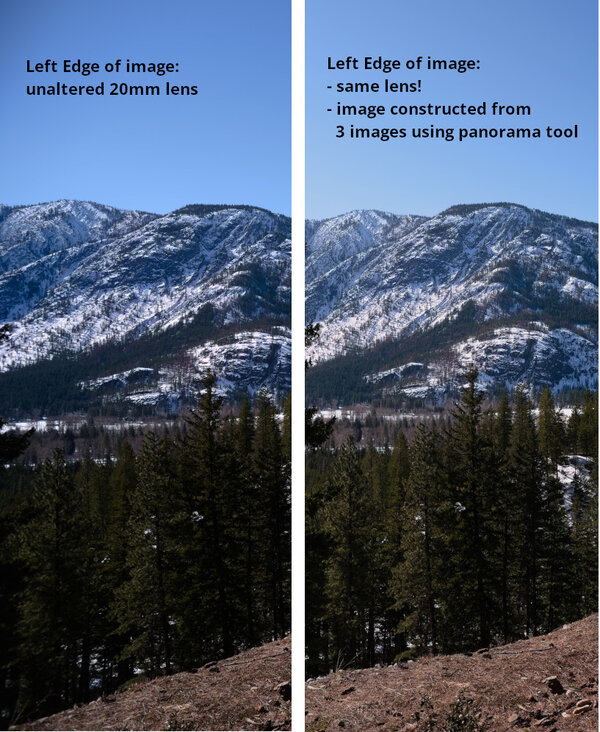Jan.Wedekind
LMF-Patron
Hi everyone
I need some help understanding ultra-wide angle distortion and lens correction. I recently got the 18-40 to pair with the S1Rii. Lots of fun, especially with hybrid zoom, since I feel less constrained than just having ultra-wide all the time, for which I don't have a good eye.
But when looking at JPGs SOOC, I am really confused about what I see. Some images just look way too distorted.
So below a top left corner crop from a photo. Exported from LR, one with lens Lens Corrections on, one off. Nevermind the photo, I otherwise don't have anything at hand that is sharp w/o family on it, but I think this suffices to make the point.
With correction ON:

Now with corrections OFF:
Now, both are obviously distorted. But I find the "corrected" one considerably worse.
Both is at 18mm, crop is from top left corner. The JPG SOOC looks pretty much identical to the LR corrected one (I assume LR uses Pansonic's lens profile)
So several questions:
I need some help understanding ultra-wide angle distortion and lens correction. I recently got the 18-40 to pair with the S1Rii. Lots of fun, especially with hybrid zoom, since I feel less constrained than just having ultra-wide all the time, for which I don't have a good eye.
But when looking at JPGs SOOC, I am really confused about what I see. Some images just look way too distorted.
So below a top left corner crop from a photo. Exported from LR, one with lens Lens Corrections on, one off. Nevermind the photo, I otherwise don't have anything at hand that is sharp w/o family on it, but I think this suffices to make the point.
With correction ON:

- Panasonic - DC-S1RM2
- LUMIX S 18-40/F4.5-6.3
- 19.0 mm
- ƒ/4.6
- 1/250 sec
- Pattern
- Auto exposure
- ISO 80
Now with corrections OFF:

- Panasonic - DC-S1RM2
- LUMIX S 18-40/F4.5-6.3
- 19.0 mm
- ƒ/4.6
- 1/250 sec
- Pattern
- Auto exposure
- ISO 80
Now, both are obviously distorted. But I find the "corrected" one considerably worse.
Both is at 18mm, crop is from top left corner. The JPG SOOC looks pretty much identical to the LR corrected one (I assume LR uses Pansonic's lens profile)
So several questions:
- Is this just normal at 18mm, mo matter the lens?
- Does this "correction" look right to you?

